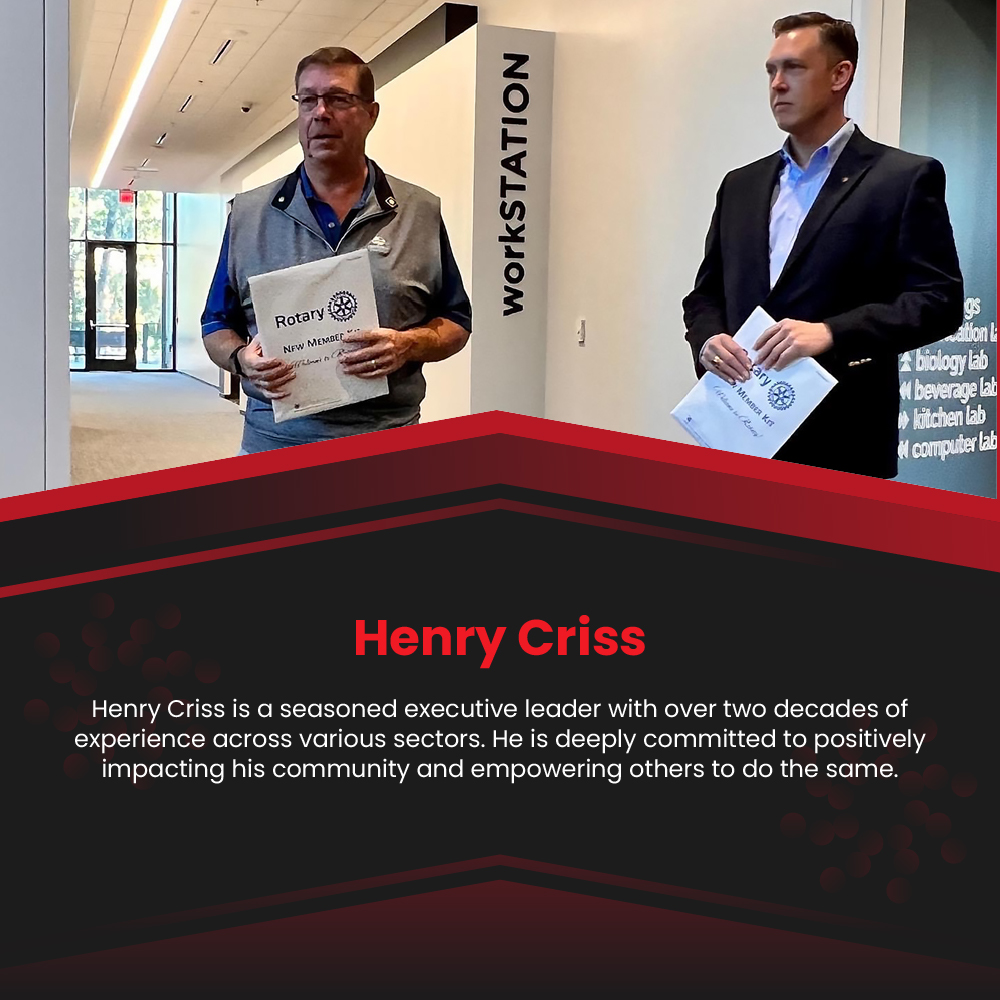
In the fast-paced, ever-evolving landscape of modern business, building strong teams is a critical determinant of organizational success. Team building transcends mere group activities or social events; it is an intricate process that involves cultivating a culture of collaboration, trust, and mutual respect among members. Strong teams take time to form; they require a deliberate, strategic approach encompassing various elements, including leadership, communication, diversity, and continuous development.
The Role of Leadership
Leadership is the linchpin of effective team building. A strong leader sets the tone for the team, establishing a vision and guiding members toward common goals. Effective leaders are not just authoritative figures but mentors, coaches, and role models. They inspire their teams by demonstrating commitment, integrity, and a passion for excellence. One critical aspect of leadership in team building is the ability to foster an environment where team members feel valued and empowered. This involves recognizing individual strengths, providing growth opportunities, and encouraging open communication. Leaders must be adept at resolving conflicts, making decisions, and steering the team through challenges. By doing so, they build trust and loyalty, which are essential for a cohesive and high-performing team.
Communication: The Lifeline of Teams
Clear and open communication is fundamental to the success of any team. It ensures all members are on the same page, working towards shared objectives. Effective communication involves the exchange of information, active listening, feedback, and the ability to understand and address concerns.
In strong teams, communication is transparent and inclusive. Team members are encouraged to share their ideas, opinions, and feedback without fear of judgment or retribution. This openness fosters a culture of collaboration, where diverse perspectives are valued, and innovation thrives. Regular team meetings, updates, and check-ins are crucial to maintaining this level of communication and ensuring that everyone remains aligned with the team’s goals.
Embracing Diversity
Diversity is a powerful asset in team building. A team composed of individuals with varied backgrounds, skills, and experiences brings a wealth of perspectives and ideas to the table. This diversity fuels creativity and innovation, enabling the team to tackle problems more effectively and develop unique solutions.
However, diversity alone is not enough. It must be accompanied by an inclusive culture where every team member feels respected and included. Leaders play a pivotal role in fostering this inclusivity by promoting an environment where differences are celebrated and leveraging the strengths of each team member. Training and development programs focusing on cultural competence and unconscious bias can further enhance the team’s ability to work effectively in a diverse setting.
Continuous Development
Building strong teams is an ongoing process that requires continuous development. Investing in team members‘ professional growth enhances their skills and boosts their morale and engagement. Organizations should provide opportunities for learning and development through training programs,
workshops, and mentoring.
Regular performance evaluations and feedback sessions are also essential. They help identify areas for improvement and recognize achievements, motivating team members to strive for excellence. Encouraging a continuous learning and improvement culture ensures that the team remains dynamic, adaptable, and ready to meet new challenges.
The Impact of Strong Teams on Organizational Success
Strong teams are the backbone of successful organizations. They drive productivity, innovation, and efficiency, leading to better outcomes and a competitive edge in the market. A cohesive team is more likely to achieve its goals as members work together seamlessly, leveraging each other’s strengths.
Moreover, strong teams contribute to a positive organizational culture. Employees who feel part of a supportive and collaborative team increase their job satisfaction and engagement. This, in turn, reduces turnover rates and attracts top talent to the organization. A strong team culture enhances the organization’s reputation, making it a desirable place to work and do business.
Practical Steps to Building Strong Teams
Define Clear Goals and Roles: Ensure that every team member understands their objectives and responsibilities. This clarity prevents confusion and aligns everyone’s efforts towards common goals.
Encourage Collaboration: Create opportunities for team members to collaborate on projects and tasks. Collaborative tools and platforms can facilitate seamless communication and cooperation.
Promote a Positive Culture: Recognize and reward team achievements. Celebrate successes and learn from failures together. A positive culture fosters a sense of belonging and motivates team members to contribute their best.
Provide Support and Resources:
Equip your team with the tools, training, and resources to perform their tasks effectively. Address any obstacles or challenges that may hinder their progress. Foster Trust and Respect: Build a foundation of trust by being transparent, consistent, and fair. Encourage respectful interactions and address any conflicts promptly and constructively.
Building strong teams is an art and science that requires a strategic and dedicated approach. Leadership, communication, diversity, and continuous development are the cornerstones of this process. By investing in these areas, organizations can create teams that are not only high-performing team but also resilient and adaptable. Strong teams are the engine that drives organizational success, and their impact can be felt across all levels of the organization. As the business landscape continues to evolve, the ability to build and sustain strong teams will remain a critical factor in achieving long-term success.